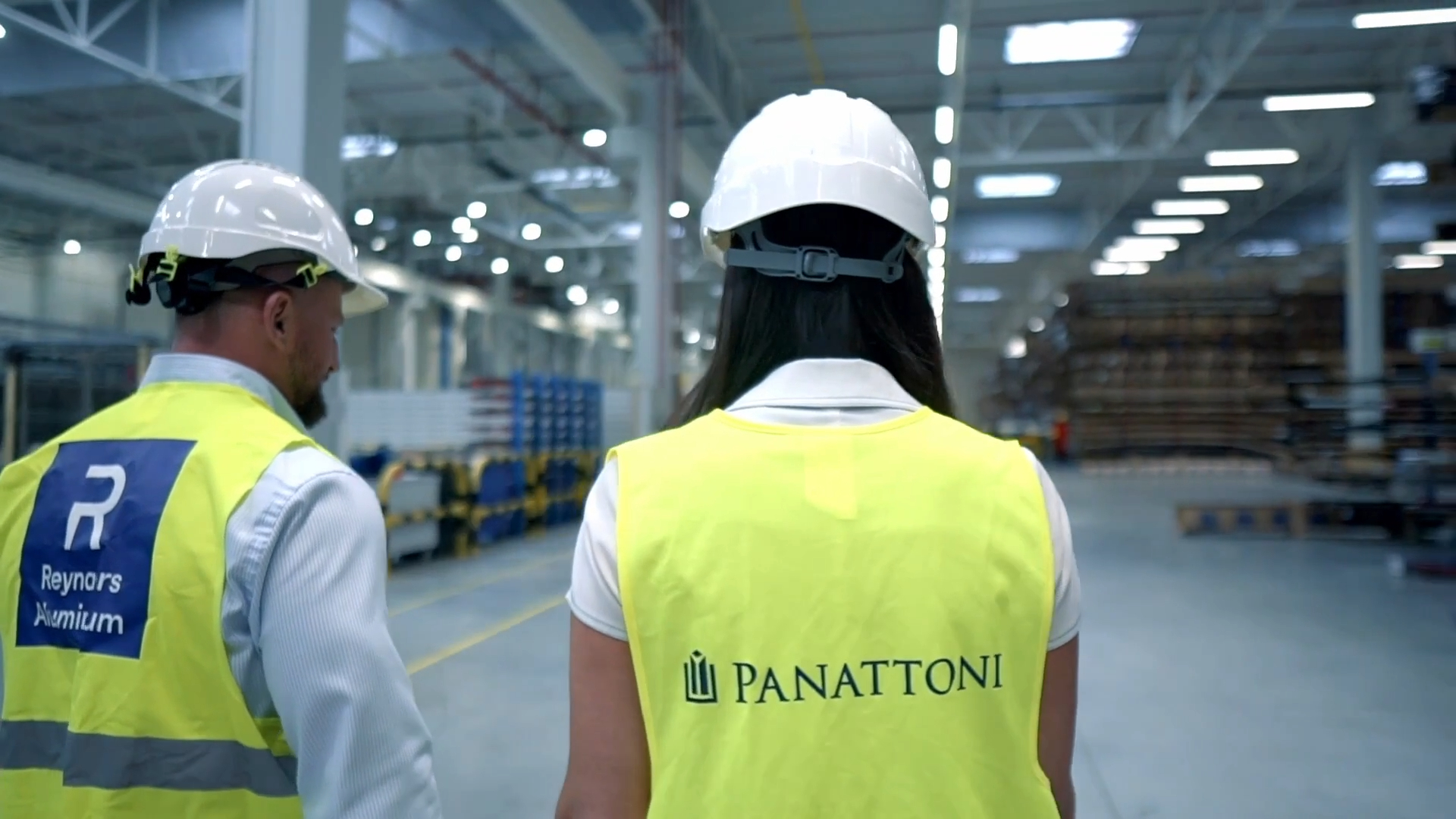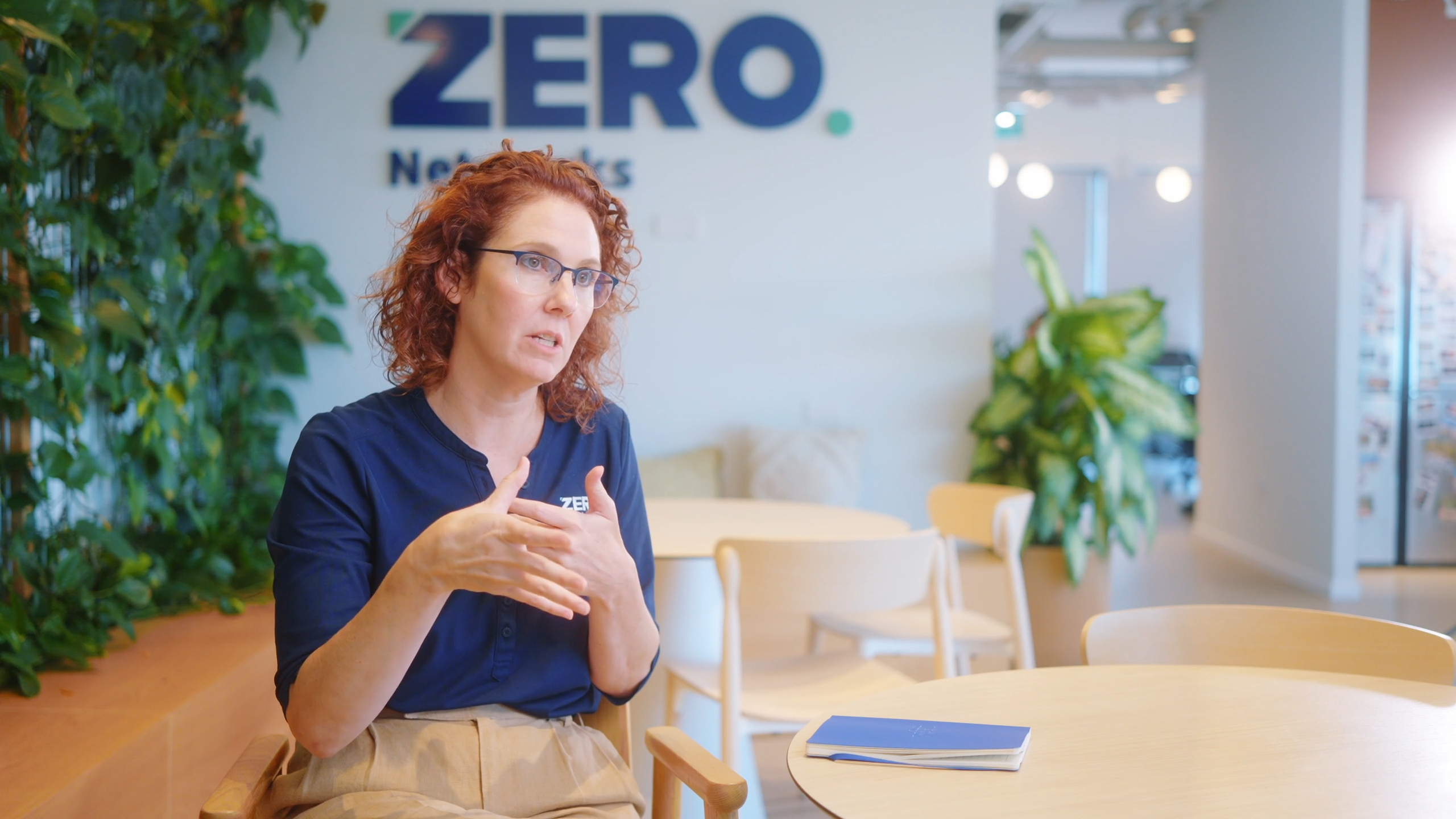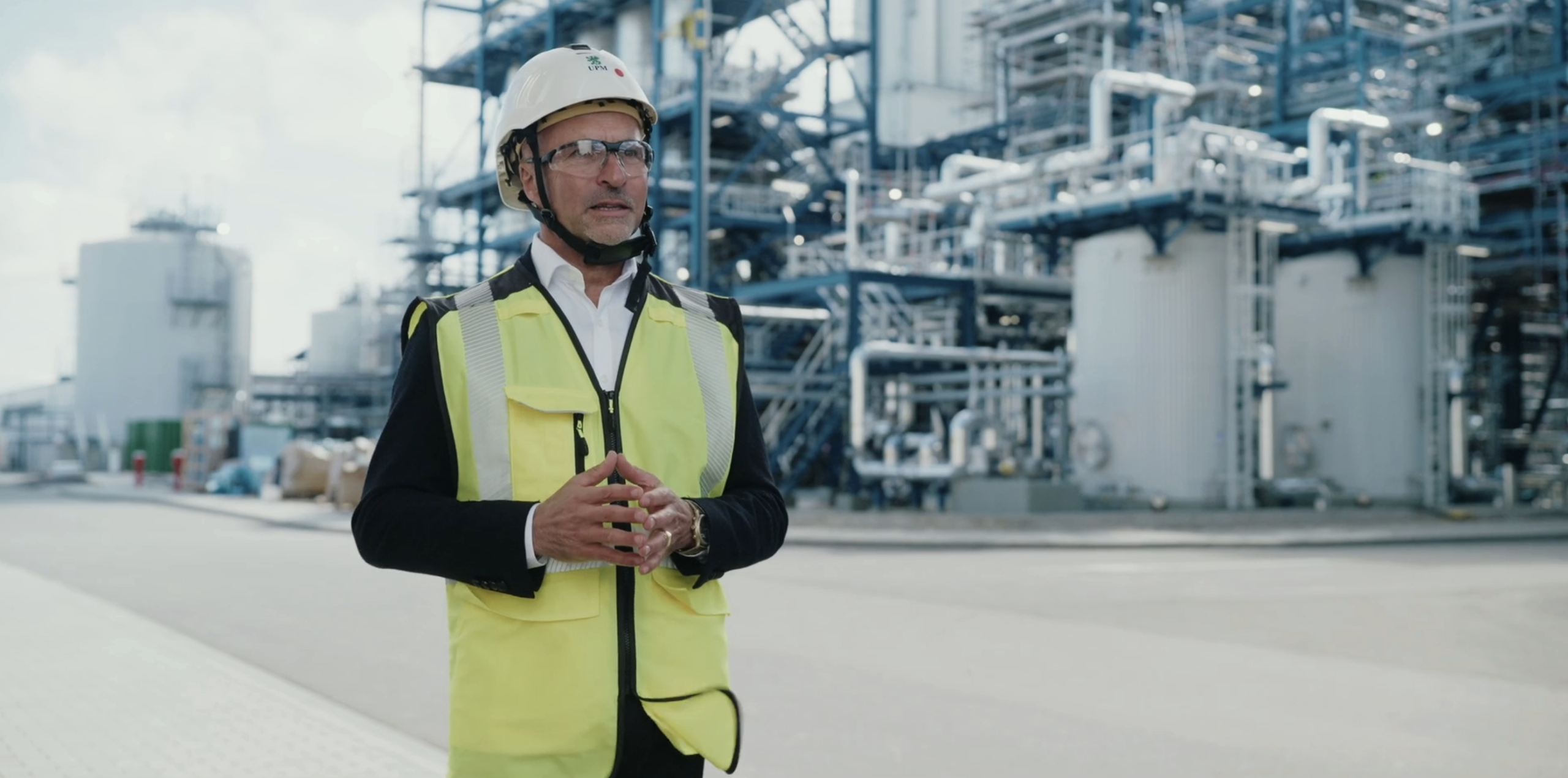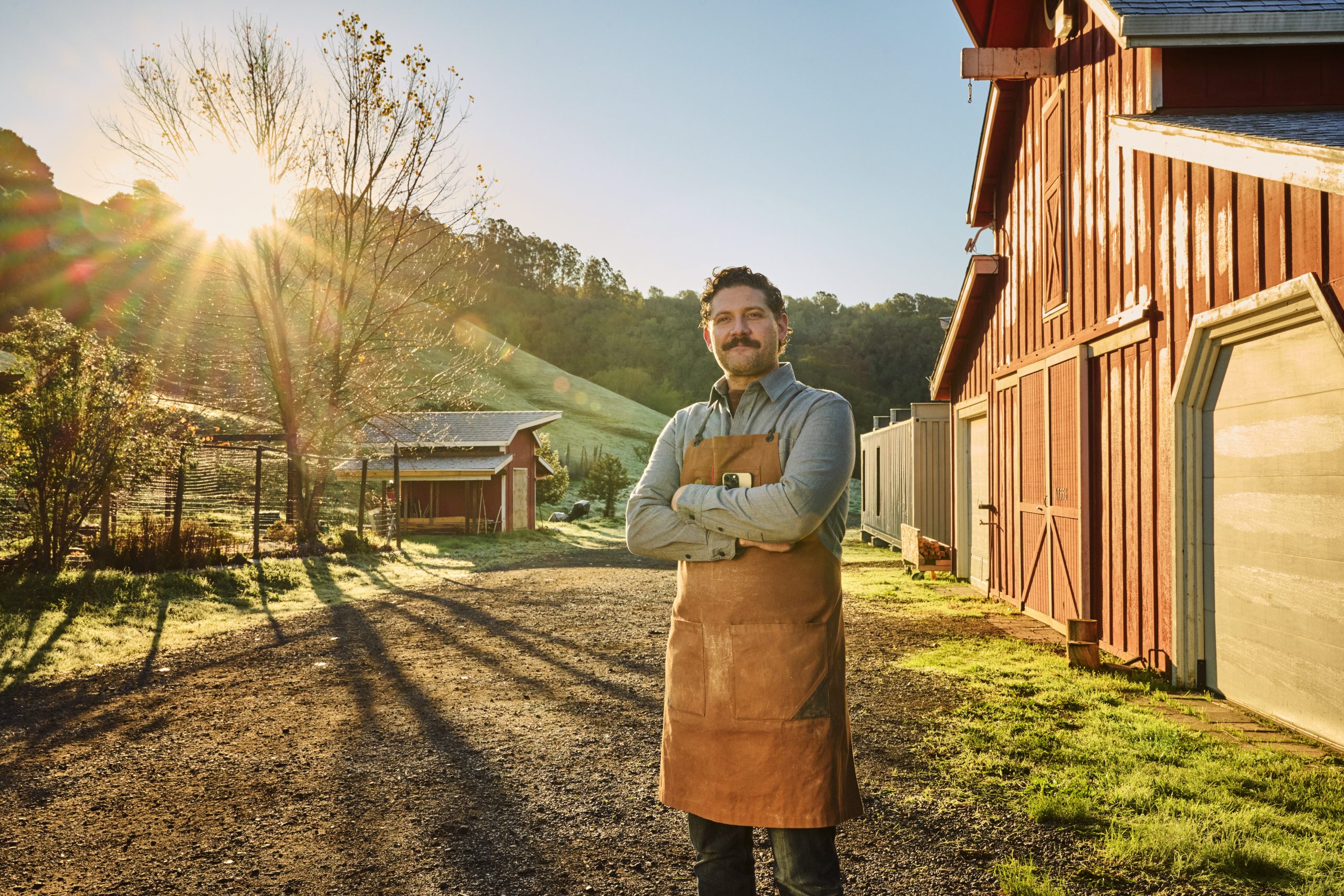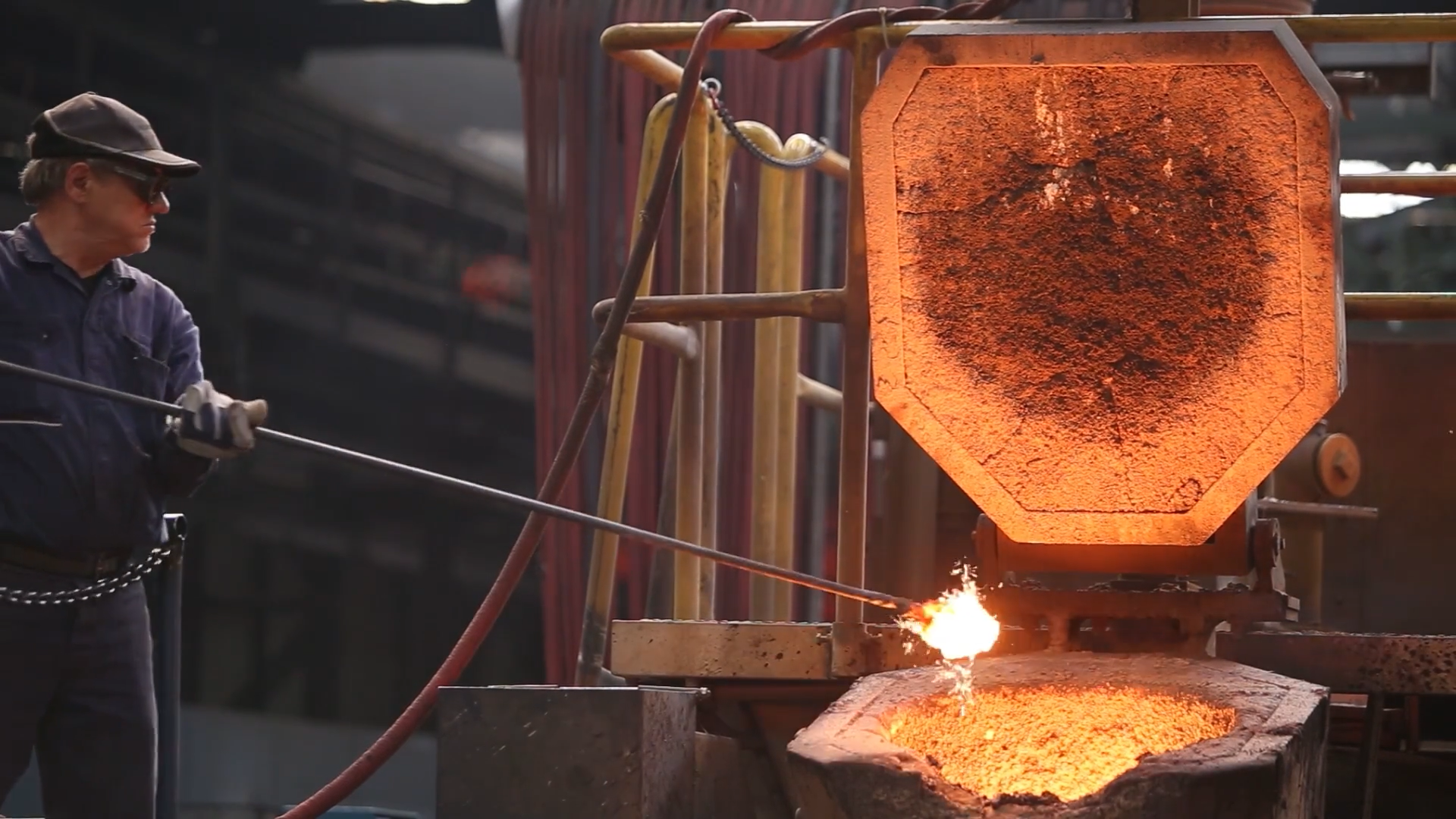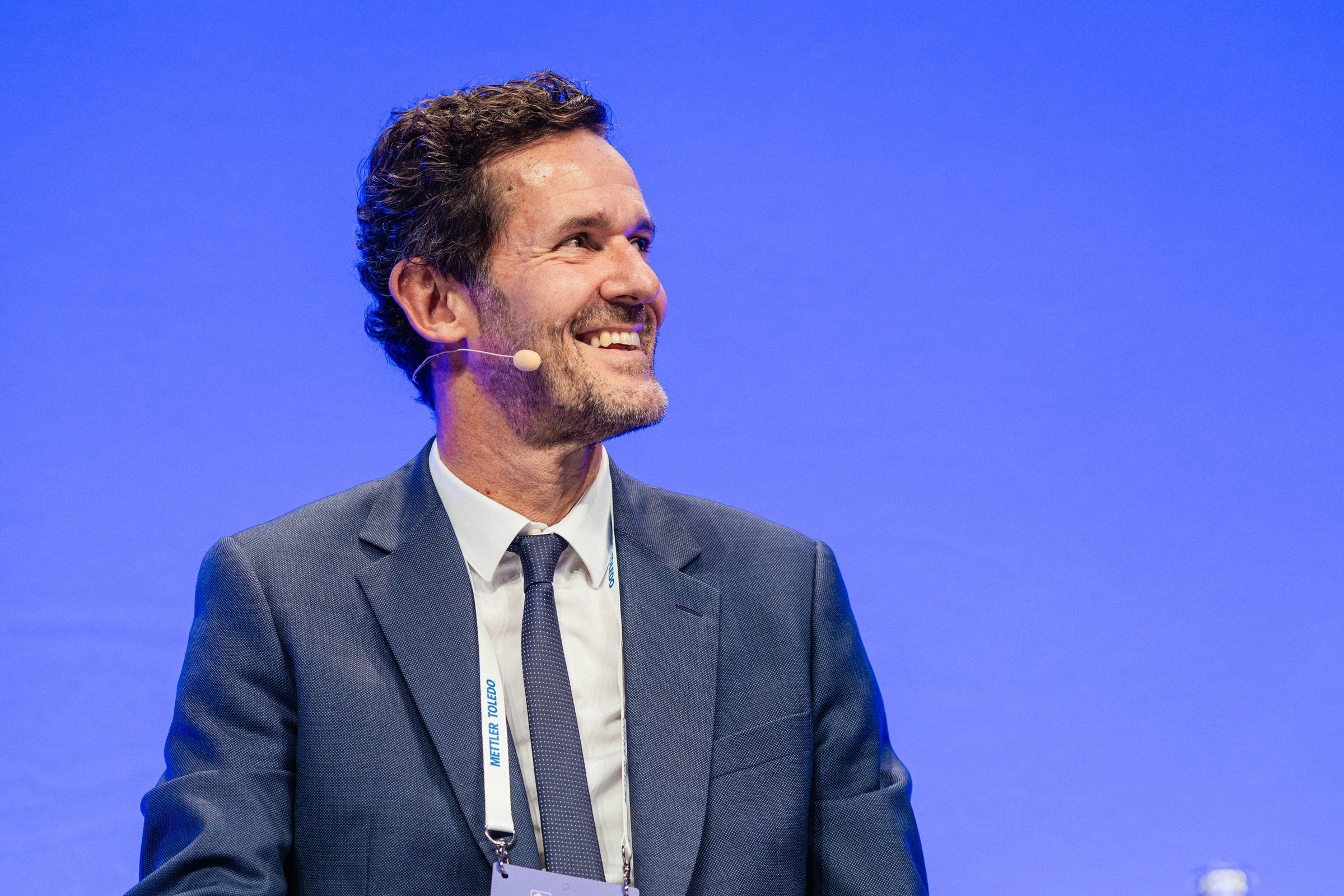Accelerating the Green Transition with Stainless Steel
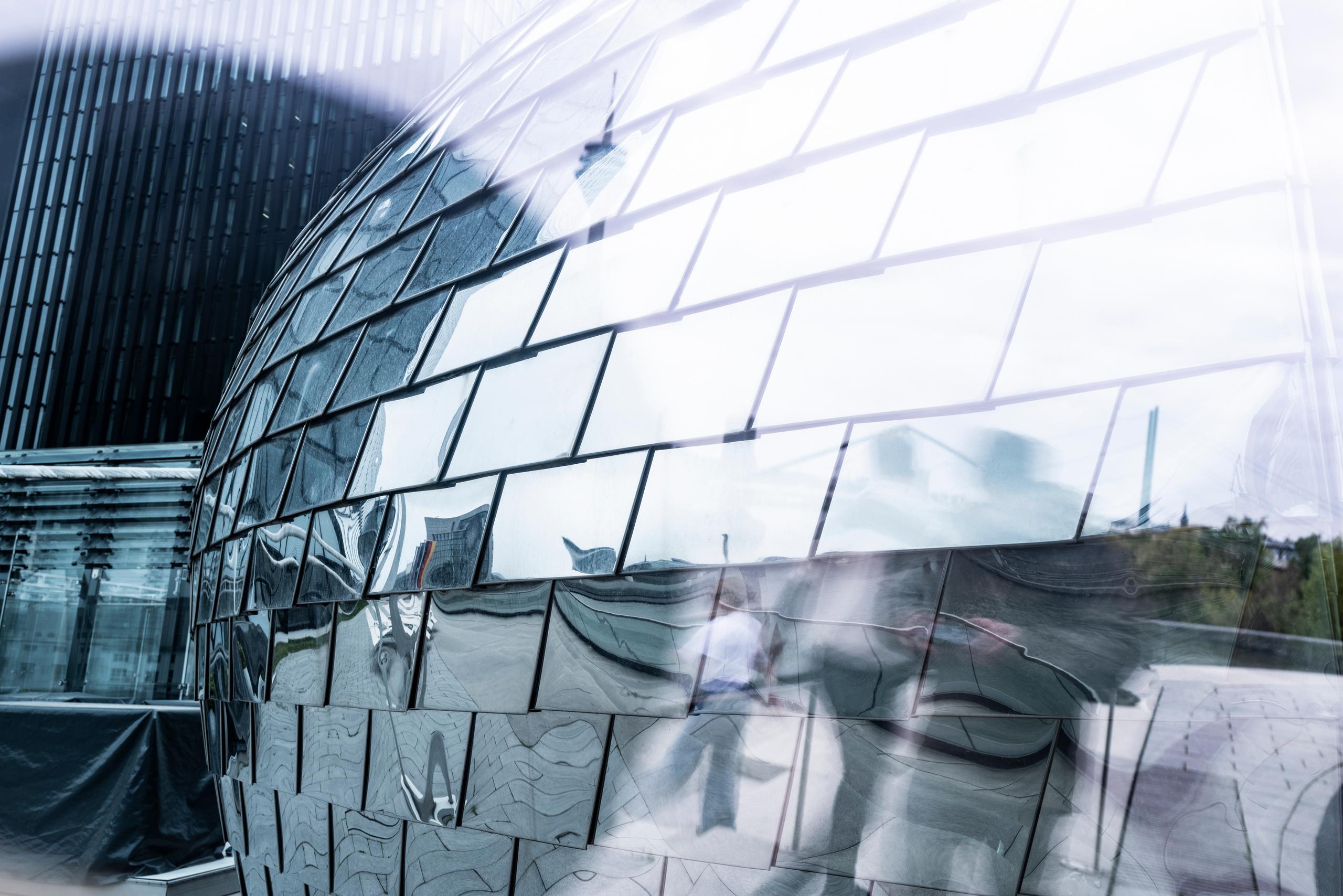
Stainless steel plays a pivotal role in accelerating the green transition. Outokumpu is the global leader in low-emission stainless steel.
Low-emission stainless steel – the cornerstone of a sustainable future
The steel industry is a major contributor to global greenhouse gas emissions, accounting for 10% of global emissions. However, stainless steel is needed in countless applications across society, ranging from infrastructure to household appliances. It’s clear that our society will require even more energy and steel in future. With immediate action required to mitigate climate change, we’re left with a puzzle: how to cope with this increase in demand while still lowering our overall emissions?
Low-emission stainless steel plays a pivotal role in accelerating the green transition. In fact, the future green economies – from renewable energy to hydrogen and electric vehicles – are all dependent on stainless steel. Outokumpu, the global leader in sustainable stainless steel, has a pivotal role to play in showing the path for change for the steel industry while enabling other industries to transform. Outokumpu is paving the way with its low-carbon products which, with up to 75% lower carbon footprint than the global industry average, demonstrates how the industry can contribute to global decarbonization goals.

Climate action over words
Climate action is Outokumpu’s key target in working towards the company’s purpose, building a world that lasts forever.
“We were first in our industry to commit to science-based climate targets targeting below 1.5°C, as outlined in the Paris Agreement. Outokumpu has a target to reduce emissions intensity by 42% by 2030 – and we are today ahead of the target. Global partnerships across industries and actors are crucial for accelerating climate action”, says Heidi Peltonen, Vice President of Sustainability at Outokumpu.
Outokumpu’s business is based on the circular economy: more than 90% of the company’s production originates from recycled steel, which is turned into a long-lasting, fully recyclable material. Accelerating circularity is the key enabler of Outokumpu’s low carbon footprint – the lowest in the industry.
The UN’s Sustainable Development Goals work as the foundation for Outokumpu’s sustainability strategy. Besides being a signatory to the United Nations’ Global Compact initiative and committed to the UN’s SDGs, the company contributes to several SDGs.
Looking ahead – key elements in steel industry’s decarbonization journey
Climate change is a global crisis that requires a united front, including the entire steel industry’s value chain. Outokumpu sees that to speed up the green transition, the industry will require global carbon pricing, regulation to support end-customer demand and increasing both public and private green investments.
Besides concrete actions, by actively participating in global platforms and forums the private sector can accelerate action and build partnerships with various stakeholders. Outokumpu believes there is a significant need to highlight the pivotal role of the steel industry, build transparency and activate key players to join the journey.
To take part in the global climate discussion, Outokumpu participated in Climate Week NYC in September 2024 along with SDG Executive Interview, with Tamara Weinert, President for Business Line Americas, and Heidi Peltonen, Vice President of Sustainability, among other leaders from the company.


